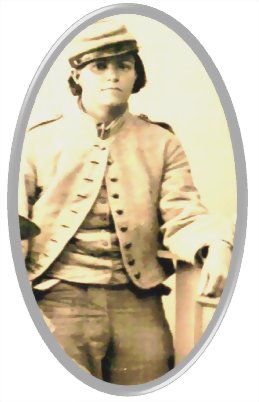Historians are a bit like detectives. They sift through evidence, weigh it, and try to leave no stone unturned. But when they publish their results, they’re a bit like lawyers. They need to be objective enough to gain the credibility of the judge...
Did women enlist in the Mexican-American War? Last week I blogged about Eliza Allen Billings. She wrote a bestselling book about fighting in the war disguised as a man. Most historians, however, dismiss her story as fictional. But that doesn’t mean...
What could induce a woman in 1846 to trade her needlepoint for a rifle? The Mexican-American War began and several women, disguised as men, enlisted. Women’s places in society were restrictive back then. The gentle sex played supporting roles and...




Recent Comments